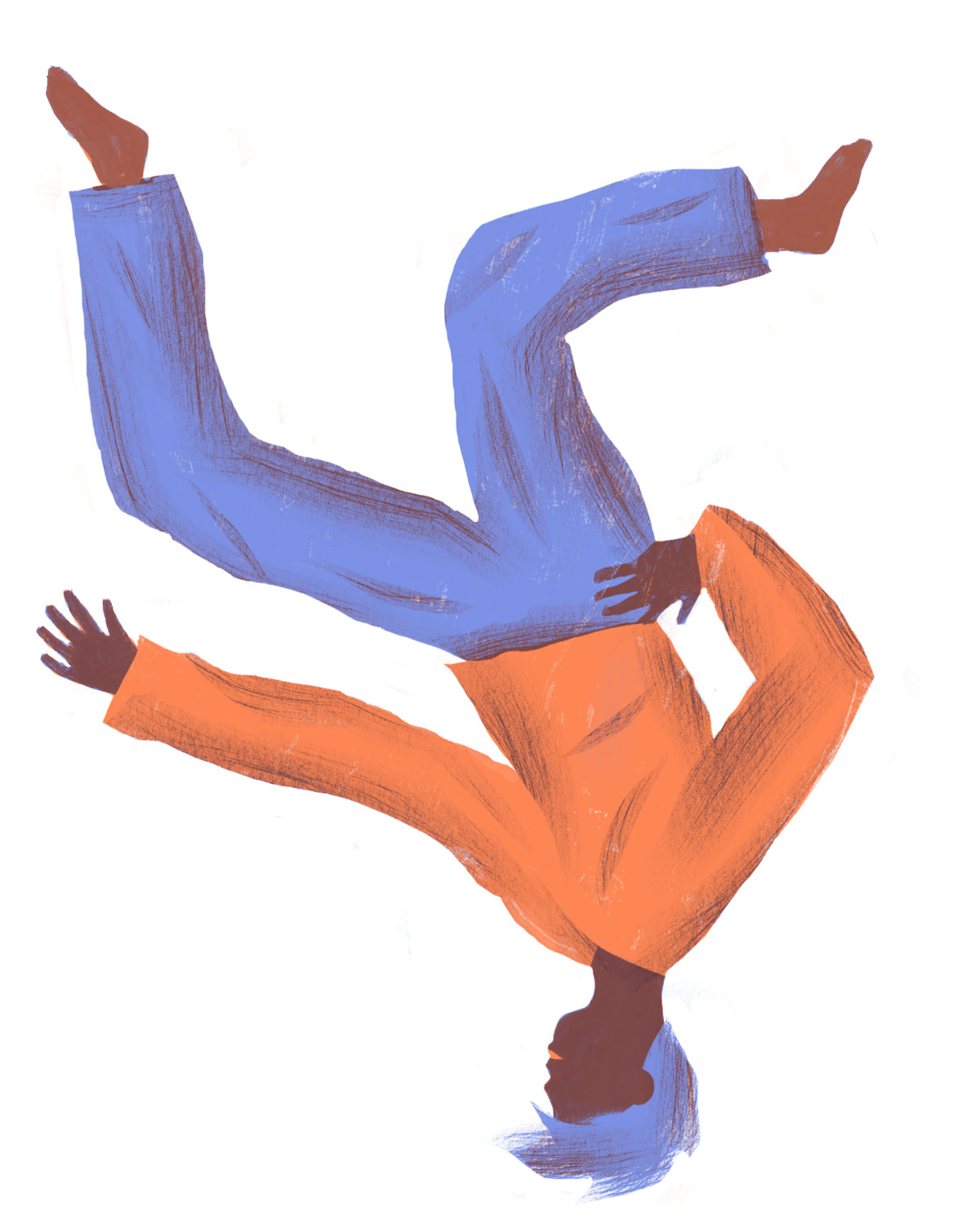

We humans have come a long way from these humble beginnings. We can endure some pain for the promise of better times, we can reflect on experiences and learn from them, and we can adapt our actions based on advice and observing others. But we still run when we are certain and tumble when faced with uncertainty.
Run mode is measurable and observable by others. We get rewarded for running. Set a goal, take actions, show off your results and move on to the next goal. In my case, being a professor has been all about run mode — long term to get to this point in my career, and short term as I switch between the various roles I play. But there’s a catch to living in run mode — it is all too easy to become blinded by our goals, or even worse, accept someone else’s goals as our own. Sometimes sorting all of this out seems hopeless.

As I look toward my own future, this feels like a good time for a planned tumble. In a short span of time, I was promoted to full professor, became director of Bucknell’s Teaching & Learning Center and began my current spring semester sabbatical in the United Kingdom. To be honest, I don’t know my next direction. I’ve experienced these disorienting moments before and treated them as frivolous luxuries or annoyances. This time I’m going to try something different — I’m going to pay closer attention, tumble a bit longer and resist the urge to run. For someone who has fallen into the habit of running, I don’t expect this prolonged tumble to be easy! But I have seen others master the art of tumbling, and I will try to follow their advice. I will sketch ideas in my notebook but not act on them. I will meet new people and reconnect with trusted mentors. I will read far outside my usual domains of interest. Maybe I will learn to play the guitar. Above all, I want to learn to savor the hopefulness of tumbling.
— Professor Joe Tranquillo, biomedical and electrical engineering, and director of the Teaching & Learning Center